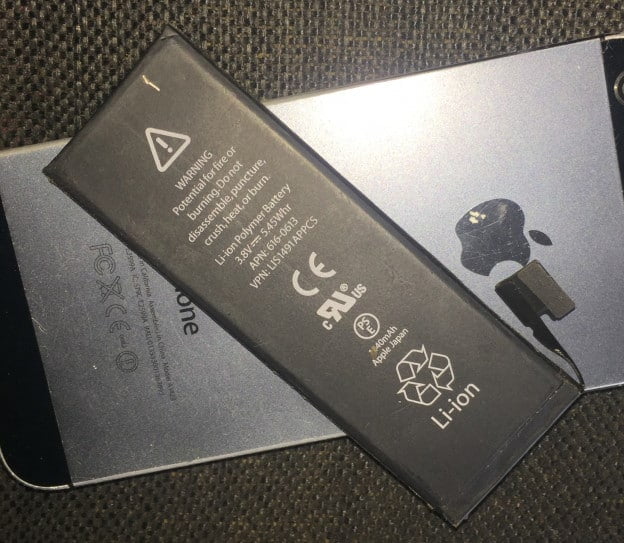Share with friends:
Yes, you have used these old computer parts and have been proud of them for decades. You probably still have some of them on your shelf, for sentimental reasons, but truth is, they have become reminiscent of floppy drives, tape drives, and the CRT display units which have long gone extinct.
The devices listed below surely do not belong in the 21st Century, especially now that technology is embracing the Fourth Industrial Revolution.
To Hell With Old Technology!
Here are my humble arguments against these old computer parts:
1. The Hard Disk Drive

The first computer hard disk drives (HDD) were manufactured way back in the 1950s. They were a marvel back then and have steered storage up to now. HDDs have graced our computers ever since because they are cheap, and have large storage capacities.
But we all know the archaic technology used in these storage devices. Hard disk drives are mechanical and contain lots of moving parts such as actuators, magnetic platters, and read-write heads. Now, these parts do not fare well if your computer encounters mechanical shocks such as power outages or forceful shutdown. Power outages are unavoidable in many parts of the world, and poor use of technology is still commonplace.
Secondly, we have gone past that stage in evolution where we have to switch off our computers normally. Why should we? We are not mandated to do this with our smartphones and tablets.
Thirdly, hard disks are slow, consume a lot of power, and add additional weight to computers.
The Alternative?
All the failings in hard disk drives are solved by embracing the solid-state disk drives (SSD), and cloud storage for others.
SSDs are not mechanical, offer better speeds, consume less power, and are considerably light. Of course, they are not entirely fail-safe, but still, and despite the higher price ranges, offer reliability and peace of mind.
Comparing HDD and SSD
| Power use | Read speed | Weight | Access time | |
| HDD | 6 watts | 50 – 100 | 500 | 10 |
| SSD | 2 – 3 watts | 200 – 500 | 50 | 0.1 |
2. Optical Disc Media & Drive

Despite pessimists predicting the death of the optical discs only 10 years into the 21st Century, these shinny devices somehow have managed to stick around and still ship with larger laptops and desktop computers.
The trend is however to change as technology picks steam in the 21st Century.
A look back into history will remind you that optical media and drives replaced floppy disk storage. The first DVD drives offered up to 4.7 gigs of storage and was a bargain compared to the measly 1.44 MB storage in its floppy drives. The introduction of Blue-Ray disc media catapulted optical storage to 25 gigs and is still a popular bet for movies played in dedicated Blue Ray Players – not the computer.
Multiple reasons have contributed to the death of optical media technology:
- Laptops have become smaller and thinner and manufacturers are casting aside anything that makes them bulky
- Storage has shifted to the cloud
- Despite blue rays hitting storage capacities beyond 50 GB, they are still struggling to achieve ultra-high storage found in disk drives. Disk drives are available in terabytes.
3. Lithium Ion and Lead Acid Batteries

I must admit Lithium-Ion battery is sticking around for a little longer, though it shouldn’t.
Society today is battery hungry and the long-trusted lithium-ion & Lead-based batteries do not seem to offer enviable solutions in the 21st Century. From mobile phones to self-driven electric cars, there is a need to upgrade to better battery technologies that last for extended hours.
Lithium-ion first became popular courtesy of the American scientist John Goodenough, in 1979. From then until today, lithium technology has remained a popular choice but is becoming increasingly incapable of satisfying the modern appetite for energy storage. The same is true with lead batteries in the age of electric cars.
A clear road ahead for the battery industry is not clear-cut but a lot is happening, according to a Fortune article,
Unprecedented billions of dollars are pouring into battery research and development, rendering batteries today the sort of technological target that semiconductors were a generation ago. A particularly fast stream is flowing into startups, each promising more brashly than the next to have cracked the code on the energy-storing black box.
Fortune
Multiple areas being tested for better battery technology include:
- Laser technology to improve Lithium-Ion
- Solar-powered innovations
- Lithium Sulphur batteries
Other Old Computer Parts
Other old computer parts that should be part of history include:
- cables
- desk corded phones
- desktop computer


0 Comments